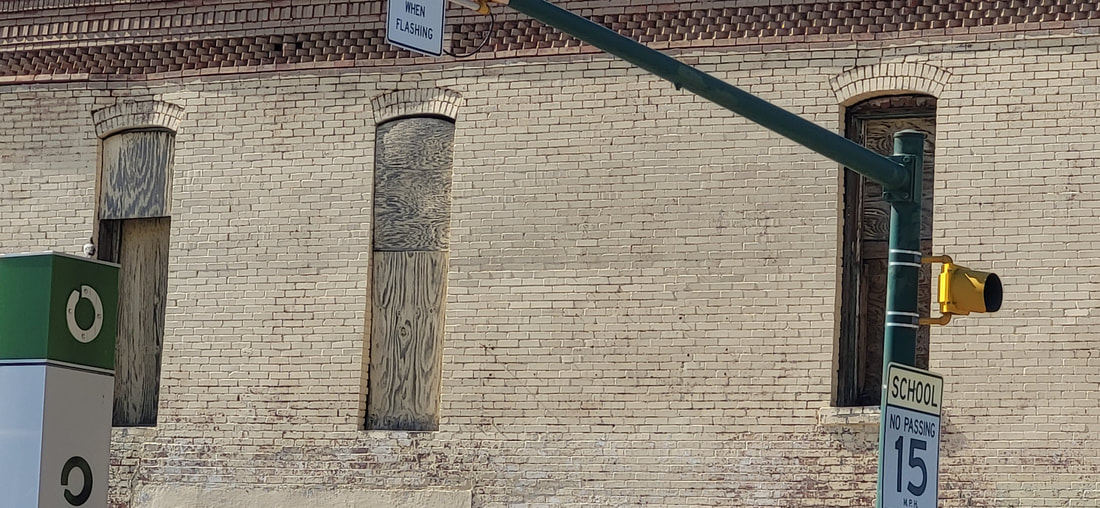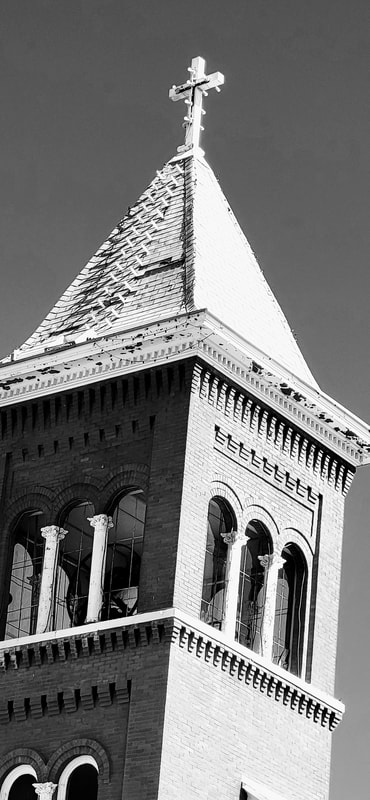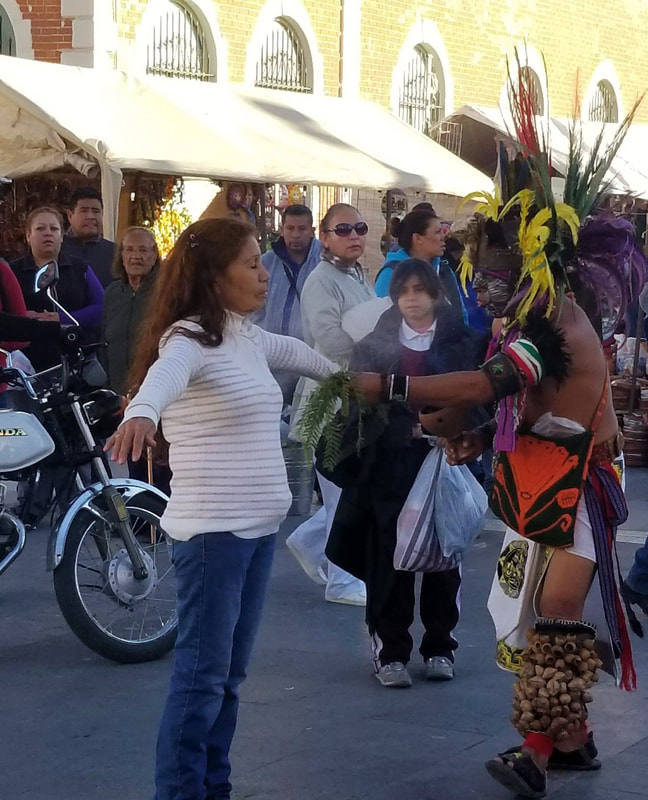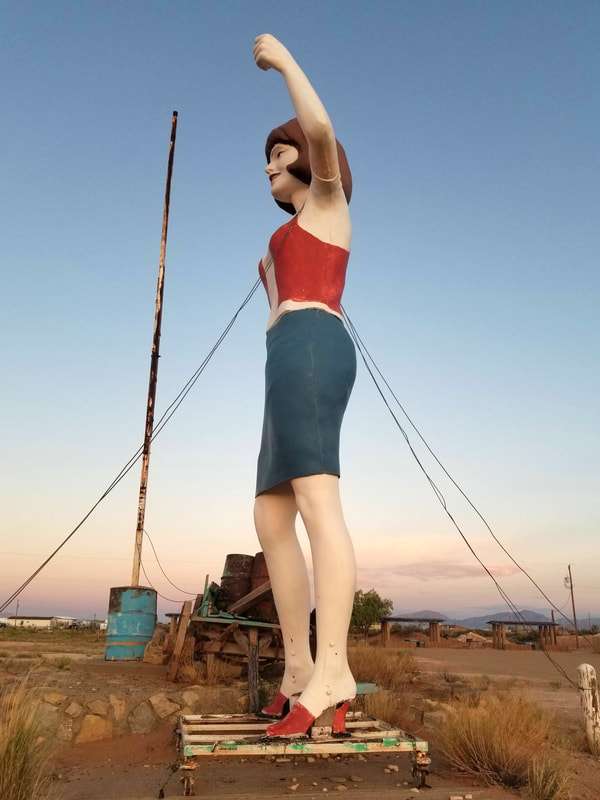|
This week Pixar’s movie Coco opened to glowing reviews. I took two of my grandchildren to opening night and at the end of the film, the audience applauded. People sat in their seats during the almost interminable list of people who had worked on the film, intrigued I think by this film that finally presented our cultura in a beautiful and complex way. I think every generation can identify with the film, from the young like my grandchildren who recognized in Miguel their own struggle to follow their own dreams to those of us who recognized the 1950s black and white movies starring handsome Mexican entertainers (in the movie, Ernesto De La Cruz, a handsome entertainer wildly beloved even in the afterlife.) For those of us fortunate to have known our abuelitas or who have witnessed our own parents age, abuelita Coco reached our hearts with her beautiful, wrinkled face and her childlike smile. In the film, the Rivera family, renowned for their skills as cobblers, have rejected music for generations. Coco’s father, a musician, abandoned the family when she was a child and her mother, once a lover of music blessed with a beautiful voice, forcefully eliminates music from their lives. In obedience to the family tradition, five generations of family live without it. As Miguel grows, he must hide his love of music and his talent as a musician and singer, retreating to a secret hideaway, filled with tributes to his idol De La Cruz. The film is framed by el Dia de los Muertos, increasingly popular in the United States as a day of face painting and parades, altar building, and celebration. Traditionally, it is a day when our dead visit us and in a twist, Miguel ends up in the land of the dead, a glorious place of shining lights and shimmering buildings. Accompanied by his dog Dante, the film gives us a nod to Mesoamerican traditions where a xoloitzuintle acts as our guide in the underworld. Left to right: Xolo from Borgia Codex, Itzpa my xolita, and Dante from Coco There are so many ways to write about this film. As I watched the film, alternately laughing and crying, what stood out to me most was how beautifully it presented intergenerational healing. My maestras and maestros have taught me that it is possible to heal across generations, backwards and forwards. As a historian and a healer, I have often reflected on the ways knowing our history can heal us. History is a tool of oppression and of liberation. It is a reflection of power and resistance. Over the decades as an educator sharing little known histories with my students, I’ve caught glimpses of this healing. Once, a student told me that she thought her family was “crazy” and “stupid” because they had returned to Mexico in the 1920s after already having migrated here. “It was something about getting land,” is all she knew. When I told her the history of the Mexican government offering land to entice Mexicans back to their patria post-Revolution and how so many saw this as an opportunity for their families, she looked at me wide-eyed. “So they were not crazy. And that story about land was true.” Her ancestors were not crazy, illogical people. They had the family in mind as they made the momentous decision to return to their homeland. They had future generations in mind. They had her in mind even though it was decades before she was born. Teaching the history of Mexican-origin people in the United States has given me the opportunity to witness many such moments. In this article, I write about how learning about the vicious, violent policies against speaking Spanish in the schools took Spanish away from generations of people who were so traumatized that they didn’t teach Spanish to their children. These children grew up often resenting their parents for having taken away the gift of being bilingual. It was a decision that made sense to our ancestors, however, who were thinking about us, the future generations. They did not want us to experience the violence they had confronted.  Mexican American school children In It Didn't Start with You: How Inherited Family Trauma Shapes Who We Are and How to End the Cycle, Mark Wolynn centers recent research that shows that a family trauma, even if it is forgotten or silenced, can live on generation after generation. These trauma manifests themselves through behaviors, depression, obsession, anxieties, and addictions. In an interview, Wolynn talks about the “ancestral alarm clock” that goes off when we hit a milestone related to the traumatic event we may not even know occurred. For decades, Indigenous scholars have written about intergenerational trauma. Dr. Maria Yellow Horse Brave Heart and Dr. Eduardo Duran are pioneers in these discussions. You can view a summary by Brave Heart here.
As I watched Coco, I wasn’t just thinking about Miguel, however. I was thinking about his great-great-grandmother who had been abandoned and about her daughter, Coco, and his abuelita and his parents. I thought about the dead who also needed healing. Hector, who helped Miguel navigate the land of the dead, mourned that his photo had never been placed on an ofrenda and that soon, no one would remember he ever lived. He would experience the final death, the end of memory. I believe that the dead call on us to remember them. It is not easy to heal the traumas. There are stories that we cannot speak. In my own family, I was not allowed to ask my tia abuela about my family's repatriation back to Mexico in the 1930s even as I conducted research on the million Mexican origin people who returned under duress, including hundreds of thousands of US-born children like my cousins. It would be too painful to remember, my mother told me. So I scoured newspaper articles, government reports, and the interviews of other repatriates to understand my own family's silenced history. My younger aunt, Maria Jesus, had died in Mexico City and it was a source of great grief that she had died so far from home. One year on a visit to el DF, I went to the Cathedral and paid for a mass to be said in her name. I wanted her to know that she was still remembered. Our dead want to be remembered. They need to be acknowledged and loved. Whether we know their particular traumas or not, we can learn the broader histories in which they lived and acknowledge them that way. We can pray with them and for them. We can reach out to them through meditation and reflection. We can honor them by thanking them for helping bring us to the world. We can share their stories, both the happy and the sad, and remember them that way. I cried when Coco ended because knowing that learning the true history healed the living and the dead. We, too, can heal ourselves and our ancestors and our descendants. And we don't have to wait until El Dia de los Muertos. Our dead, our ancestors, are with us always, in our DNA, in our favorite foods, in our anxieties and our character strengths. Remember them and may we all heal.
6 Comments
Lucia Martinez
11/25/2017 04:52:31 pm
I am amazed and find the movie very complex. What strikes me of this movie is the emphasis on remembering those who died or our antepasados which is also the same emphasis on De Toro'S Book of Life and the unresolved pain that is passed on from generations. Personally I am remembered of the family stories that both my parents have and some of these stories go into the mid 1800s and the memories of these antepasados are just a sentence or two. Then there's the stories of the unknown ancestors whose traces are still found in our bodies and attidudes and those are the stories I would want to know. The movie made me cry and reflect.
Reply
11/27/2017 06:30:25 am
I, too, cried at the end of the film, and thank you for articulating some of the deep reasons and ways this story affects me, and many others. I study the effects of intergenerational trauma on my own mixed race family (California Indian, Indigenous Mexican) as we went through and came out of the California Missions. I, too, believe that healing ourselves mean we can help our Ancestors to heal. Sharing this post everywhere. <3 Nimasianexelpasaleki!
Reply
Jennie Luna
12/1/2017 12:39:14 pm
This was beautiful. Thank you Yolanda!
Reply
Leave a Reply. |

My father used to tell me about sneaking into this theater to watch movies as a kid in the 1910s. It showed Spanish language films. In the 1940s, it was transformed into a "whites only" theater but that didn't last long. By the 1950s, it was headquarters to the Mine, Mill, and Smelter Workers Union, a radical labor organization. Before it closed, it housed the Mine and Mill Bar.
Segundo Barrio
Father Rahm Street
July 2022
La Virgensita en la frontera
Cd Juarez downtown
December 2017
La Mariscal, Ciudad Juarez, 2017
Montana Vista 2019
El Centro July 2022

































